Retail Design in Europe
The New Language of Branding
2/10/20253 min read
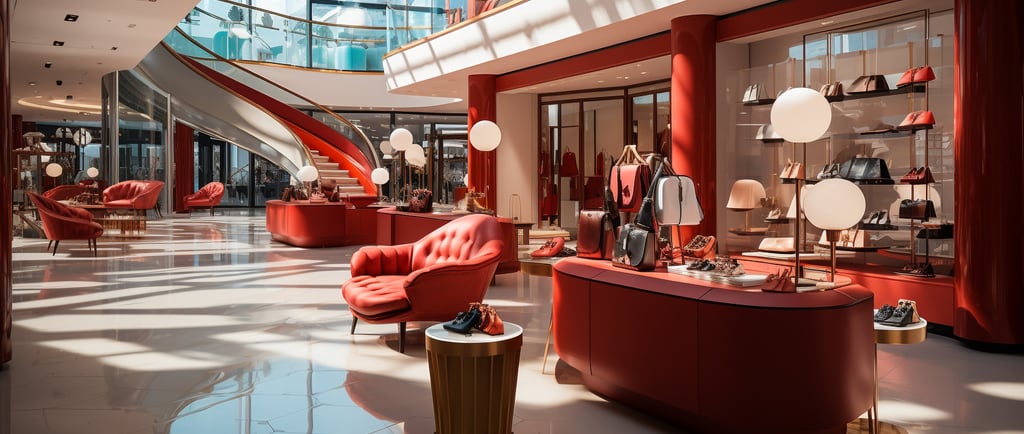

Why Retail Design is the New Language of Brand Experience in Europe?
In today's highly competitive retail landscape, store design has become more than just a background setting — it’s a strategic tool to convey brand values, attract the right customers, and create immersive shopping experiences.
From flagship stores in London to boutique wine shops in Northern Italy, successful brands are investing in custom-designed interiors that blend aesthetics, functionality, and cultural relevance. Whether it’s a gourmet olive oil store in Spain or a concept cosmetics shop in Paris, each location requires tailored design thinking that reflects the customer lifestyle and local market expectations.
Present-day retailers engage customers right at the flagship store's entrance and speak to them through design. The stores' flagship and concept stores in Europe, especially Paris and Milan, are overtly constructed as multi-sensory brand theatres. The following recap highlights six new trends that are emerging and have begun shifting the tectonics of retail interiors.
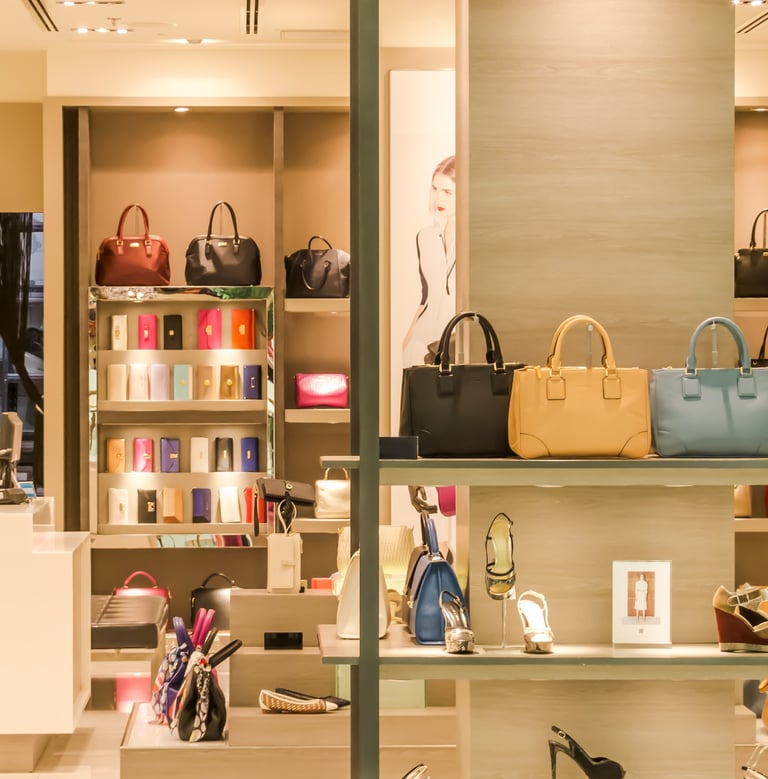

#retaildesign #europeandesign #storeconcept #italianretail #frenchretail #customshopfitting #brandexperience #elenzadesign #retailinnovation #spaceredesign #sustainablematerials
Experiential Flagships as Brand Embassies
Showrooms are no longer devoid of emotion. LVMH has “L'Atelier” Sephora on Champs-Elysées, and Nike has London’s House of Innovation; both flagship stores represent art-infused experiential curricula. Every flagship renovation evokes a nostalgic return on investment of €10-15 million through social media clicks as a currency. Customers see themselves as the new exhibitions inside curated immersion, granting them the creative allure of being a part of culture.
Omnichannel Integration & Digital Touchpoints
Synchronized online and offline systems touch workflows as every surface of the store is a dedicated screen. From remote purchasing lockers to industry-savvy ar-tools powered mirrors, most friction is eradicated with in-store tech provided by partners NCR and Toshiba as they aim to gather first-party data assets.
Sustainable & Biophilic Design
The majority of European citizens highlight sustainability as their primary purchasing motivator. Eco-centric brands like Patagonia, and H&M Home modernize their stores with reclaimed woods, VOC free paint, and erect living green walls certified by BREEAM LEED standards to procure eco-credibility.
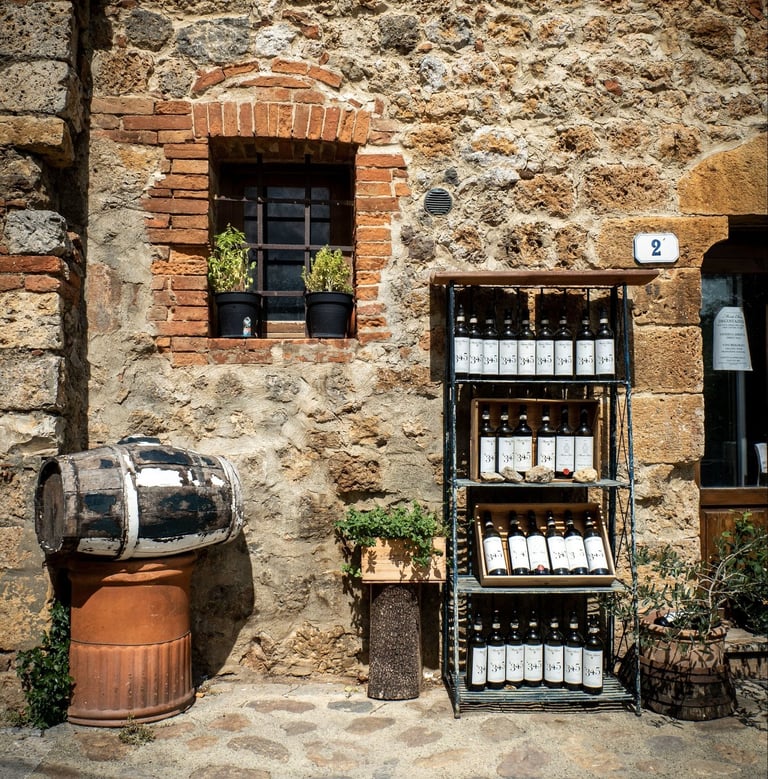

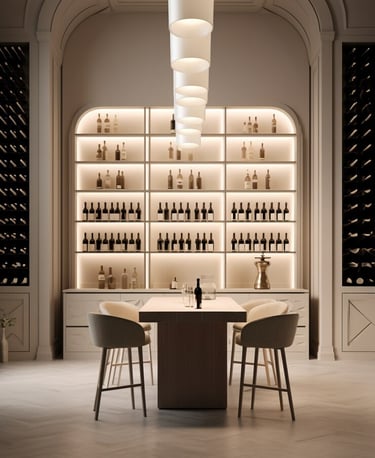

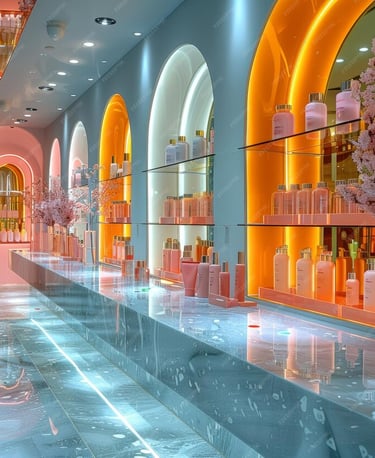

At Elenza Design, we collaborate with visionary brands across Europe, offering end-to-end solutions from concept to production through our trusted manufacturing partners. Our work spans categories like luxury fashion, food retail, health & beauty, and electronics — all designed with attention to detail, material integrity, and long-term flexibility.
Looking to elevate your retail space in Italy, France, Spain, Germany or the UK? Let’s create something meaningful and impactful together.
Pop-Up & Modular Formats
In the unstable retail environment, flexibility is essential. Pop-ups in Paris and Berlin buzz with limited-edition drops, increasing urgency and foot traffic; brands such as Zara and Uniqlo use modular fixture systems that enable quick store reconfiguration for seasonal launches or local collaborations.
Immersion Storytelling and Sensory Branding
To create a unified brand narrative, designers combine scent, sound, lighting, and tactile components. Jo Malone's boutiques, for instance, offer signature fragrances that are diffused through specially designed vents, along with carefully chosen music selections and dim lighting to create a "fragrance journey."
Data-Based Adaptation & Optimization
Lastly, ongoing layout and merchandising changes are influenced by real-time analytics from POS systems and IoT sensors. Retailers like Leroy Merlin and Carrefour use A/B testing on endcap displays to increase conversion by 12–18% annually.
